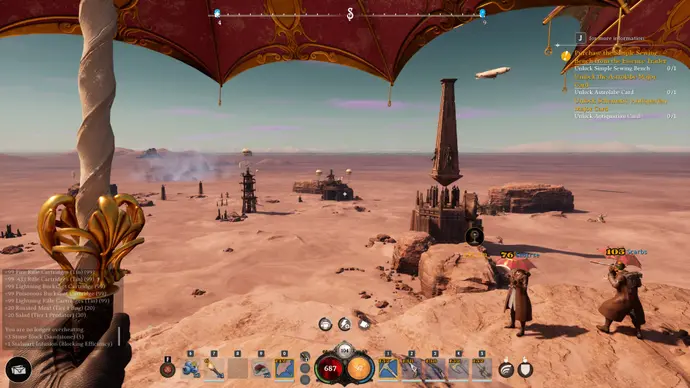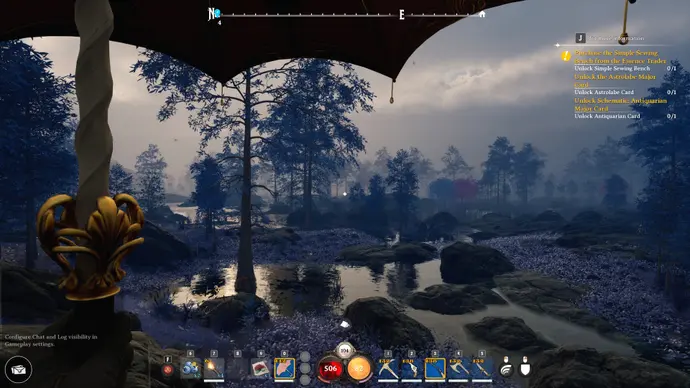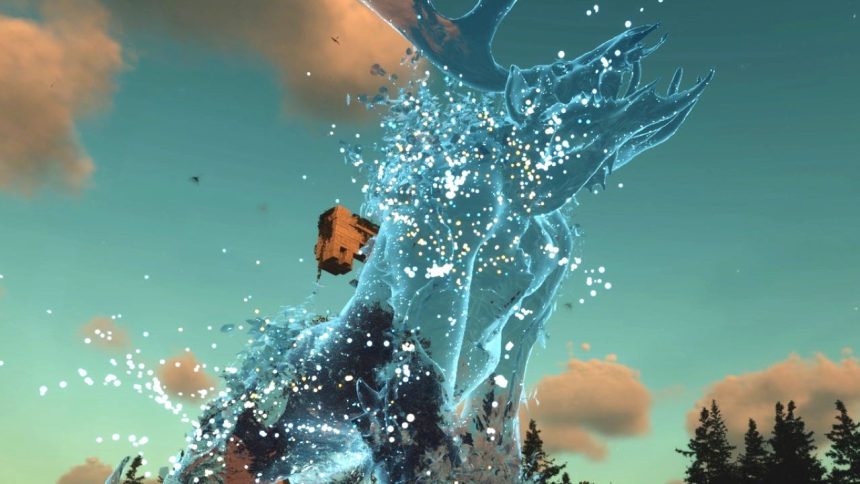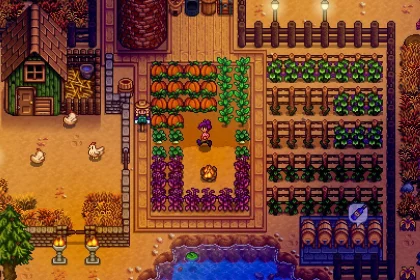Palworld features its own creatures reminiscent of Pokémon, while Ark is known for its dinosaur inhabitants. Enshrouded offers a blend of third-person action adventure within a survival game framework. Conan stands as Conan, distinct in its own right. Valheim taps into the Viking fantasy immediately.
However, defining Nightingale, the upcoming survival and crafting adventure from Inflexion Games, isn’t as straightforward, even after spending significant time with it.
The foundation of Nightingale’s world lies in its portrayal of fae. Inflexion, led by former BioWare executive Aaryn Flynn, creates an alternative history intertwining magic and Victoriana, drawing inspiration from works like Susanna Clarke’s Jonathan Strange & Mr. Norrell.

Magic, a consequence of humanity’s interaction with the fae, permeates the Victorian-era setting. Nightingale, a city devoted to magical research and portal travel, becomes a beacon of human achievement until catastrophe strikes, plunging the world into a lethal miasma.
Players find themselves among the Realmwalkers, individuals thrust into distant fae realms due to the collapse of Nightingale’s portal network, forced to navigate treacherous environments while seeking a way home.
The premise is intriguing, offering a departure from the typical steampunk or gritty fantasy settings prevalent in video games. However, in its initial hours, Nightingale struggles to fully realize this potential.

Apart from characters like a peculiar incarnation of Puck and visually striking landscapes adorned with fantastical elements, the game’s identity isn’t immediately clear.
Its survival and crafting mechanics, while competent, don’t distinguish it significantly from similar titles. Yet, there are glimpses of innovation, such as a strategic building system based on item placement.
Acknowledging Nightingale’s traditional survival gameplay, Inflexion promises a slow but evolving experience. The game’s defining feature, infinite procedurally generated worlds, emerges as its hook.
Players can traverse realms created dynamically through a combination of biome and environmental factors determined by cards. These realms offer varied challenges and opportunities, encouraging exploration and experimentation.

The procedural generation impresses initially, crafting visually stunning landscapes ripe for exploration. Yet, concerns arise about potential repetition and limited variation.
However, as players progress, Nightingale unveils its depth, introducing complex systems like elemental infusions, spells, and advanced construction options for player bases.
This mid-game shift injects personality and excitement into the experience, transforming the initial drudgery into a vibrant adventure filled with fantastical encounters and chaotic escapades.
Ultimately, Nightingale’s charm lies in its willingness to embrace the absurdities of its premise, offering a refreshing departure from convention.
Despite its slow start, the game blossoms into a compelling experience, blending survival mechanics with whimsical fantasy elements. Through character-driven storytelling and immersive world-building, Nightingale captures the imagination, promising an enchanting journey for those patient enough to explore its depths.







